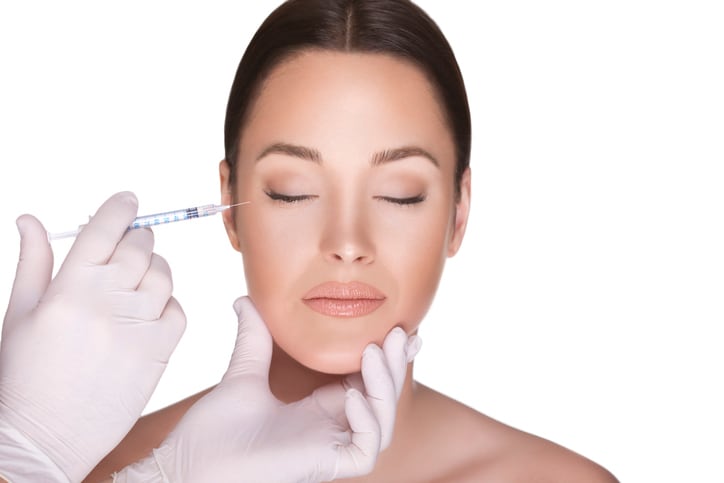Key takeaways
- Sculptra shows promise in reversing facial ageing caused by GLP-1 weight-loss drugs.
- Combined use with Restylane improves skin hydration, radiance, and thickness.
- New research reveals Sculptra’s regenerative effects across all skin layers.
- Expert panel confirms Sculptra’s role in stimulating collagen and elastin production.
- Findings support Sculptra’s long-term impact on skin quality and volume restoration.
At the recent Aesthetic & Anti-Aging Medicine World Congress (AMWC) in Dubai, Galderma presented six scientific posters, one of which showcased results from an expert consensus on its regenerative biostimulator, Sculptra.
Understanding GLP-1 drug side effects on facial aesthetics
Sculptra has been a gamechanger in addressing beauty-related side effects caused by GLP-1 receptor agonist drugs used for weight loss. These medications can lead to dramatic changes in facial structure and skin quality.
Three-month data on Sculptra reinforces its synergistic effect when combined with another Galderma product Restylane Lyft or Contour to treat aesthetic concerns related to medication-induced facial volume loss.
Results show that the combined regimen of Sculptra and Restylane Lyft or Contour improves skin quality beyond volumisation. Restylane Lyft significantly enhances skin hydration, while Sculptra notably improves skin radiance and thickness.
New insights into Sculptra’s regenerative mechanisms
The new research reveals a deeper understanding of Sculptra’s regenerative properties across all three layers of the skin. Its effects include fibroblast activation, which stimulates the production of collagen, elastin, and other proteins involved in extracellular matrix regeneration. Clinically, this presents as long-term improvements in skin properties, restoration of facial volume and firmness, and increased skin quality and thickness.
The expert panel concluded, based on collated molecular science data and literature, that Sculptra stimulates regenerative pathways and plays a key role in the field of regenerative aesthetics.
“As the most widely studied biostimulator, we sought to review Sculptra’s extensive evidence base to gain a deeper understanding of its role in regenerative aesthetics,” said Galderma’s Chief Scientific Officer, Professor Alan Widgerow.
Prof. Widgerow said that the research showed that the use of Sculptra triggers a sequence of effects in the skin that activate fibroblasts and select fat cells.
“These fibroblasts stimulate the production of proteins involved in extracellular matrix regeneration, such as elastin and collagen, with Sculptra gradually increasing mature collagen levels in the skin for 8–24 months after injection," he explained. “The result is that Sculptra can impact ageing processes in the skin, restoring skin quality, thickness and volume.”


